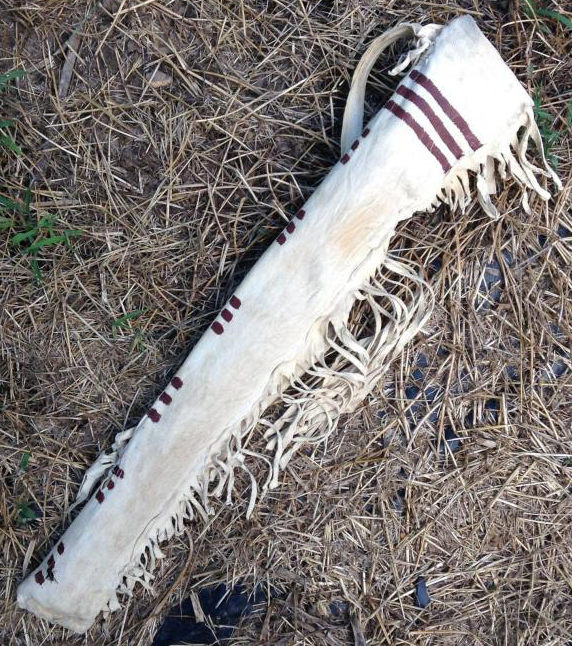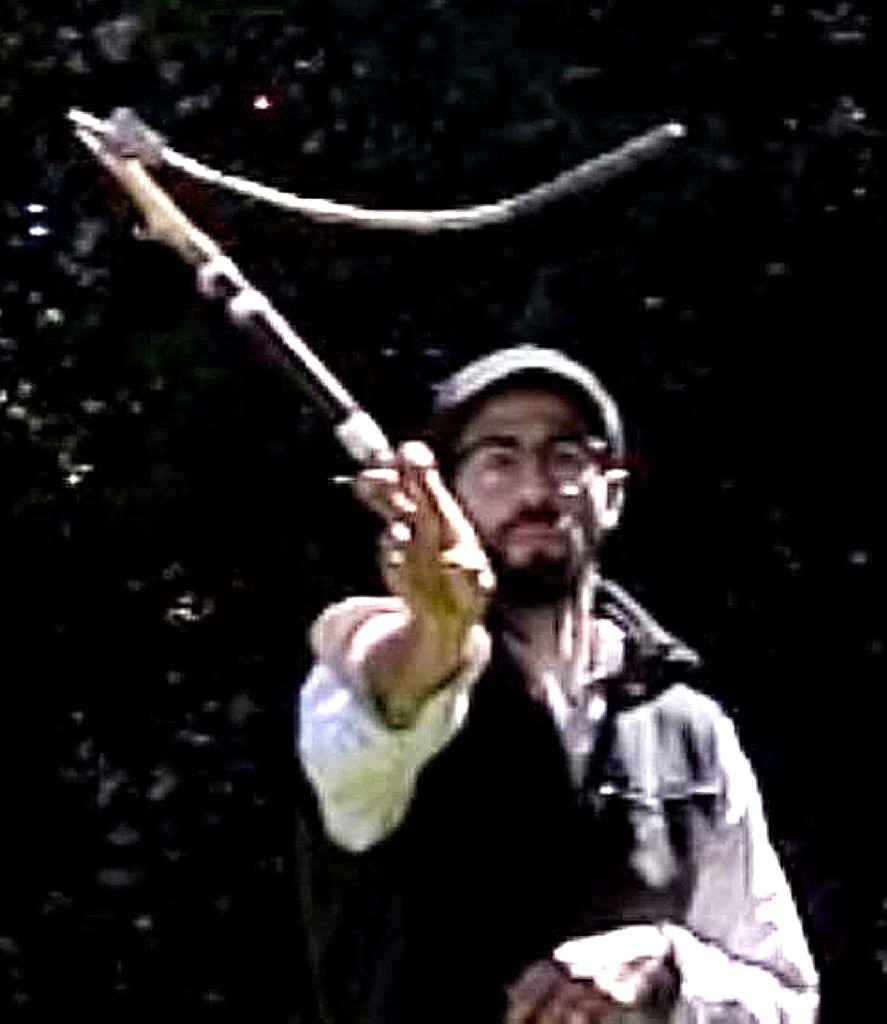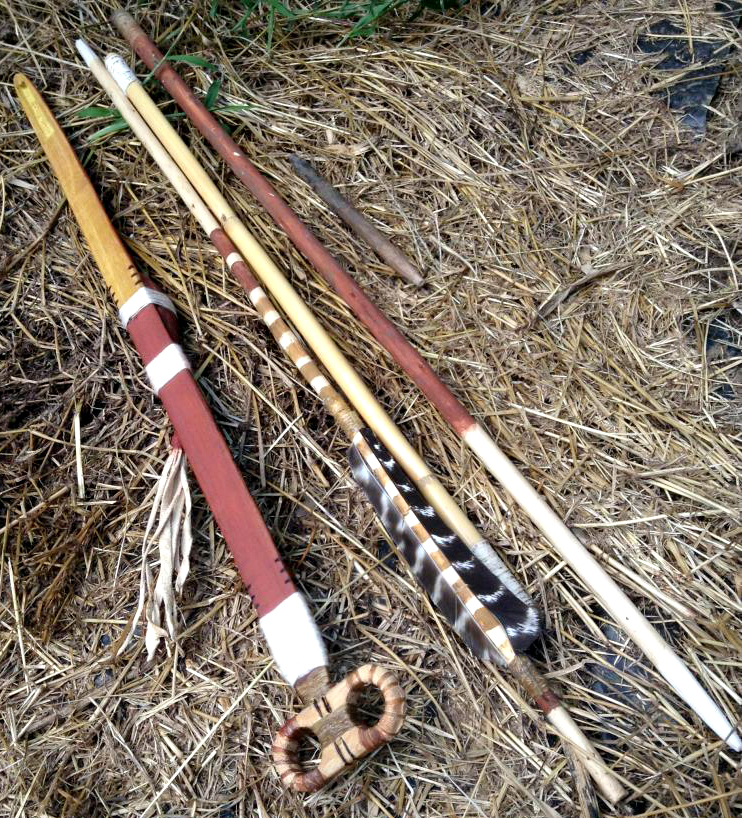By Justin Garnett
In The Atlatl, volumne 27, number 3, pages 10-11
October 2014
Atlatl darts are long. On average, atlatl darts tend to be significantly longer than arrows, although there is considerable crossover, with some atlatl darts (Such as the one from Leonard Rockshelter in Nevada) far shorter than some arrows (Such as those of the Yanomamo and other Amazon tribes). Ethnographically, long projectiles tend to be carried in the hand during travel. This is the method used by Amazon tribes for their 6′ arrows, by the Australian aboriginals for their atlatl darts, and by most modern hobby atlatlists for their darts on the range. For increasingly long projectiles, quivers and other carrying contrivances become decreasingly convenient.
Takedown darts have a number of distinct advantages over single-shafted darts. First and perhaps foremost, takedown darts are easier to transport. When disassembled into two, three, or even four pieces, atlatl darts can be stored in quite a small space, such as in a quiver, roll, or tube of similar length to the atlatl used. This means darts can be easily worn, rather than carried, freeing up the hands to do other things. When hiking to the top of a mountain in a boreal forest, I have found a quiver of takedown darts to be unobtrusive tied to my backpack or slung over a shoulder. This keeps the hands free to do other things, and prevents the awkwardness of navigating and evading trees (And companions) with a handful of 6′ pointy sticks. I have carried atlatl darts with me in my car for many years, and have grown to appreciate the ease of tossing an archery quiver or arrow tube full of dart components into the trunk or on the back seat, as opposed to threading full-length darts around seats and through open trunk compartments etc.
In addition to improved mobility, takedown darts also offer greater convenience in other ways. Takedowns, being composed of shorter segments, are often easier to acquire materials to construct, and easier to straighten. Being made of several sections is also beneficial should a dart become damaged, as the broken segment can simply be removed and replaced. This often allows the conservation of fletched hindhafts and socketed midshafts, saving labor and time as well as raw resources.
When I was first exposed to the idea of takedown darts, I erroneously assumed the concept to be modern. I have since learned that takedowns appear to have been rather common in the past, primarily during the Archaic periods in North America. Three piece takedown darts held together with friction fits were used by archaic cultures of the western Great Basin, such as at Kramer Cave and Leonard Rockshelter in Nevada, as well as the Northern Plains and Rockies—fragments found at Crystal and Daugherty caves in Wyoming tend to suggest similar construction. These darts and fragments span an area of many thousands of square miles and approximately 5,000 years, indicating widespread usage of takedown technology in both space and time in many diverse cultures of the North American continent.
Additional to the aforementioned examples, the oldest known atlatl dart fragment from North America appears to be the front half of a composite dart composed of at least two pieces. This artifact is a long foreshaft which was recently discovered melting from an ice patch near Yellowstone Park and bears a date of ~10,000 B.P. If this truly represents a takedown dart, that effectively makes takedown dart technology the earliest known atlatl dart construction tradition in the new world.
Native American takedown darts appear to have been made in one of two ways, either by telescoping (utilizing parallel sided butt joints) or socketing (Utilizing conical male and female elements). In both cases, tight tolerances and friction fits ensured solid connection of elements when assembled.
Three and four piece takedowns may at first seem like an overly complicated way to make a dart, but there are a lot of benefits, and the methods used are already familiar to most people who make darts today (i.e. conical sockets). If socketing pieces together using conical connections it pays to make the cones and sockets at least 3 times the length of the width of the shaft. That is, for a 1 cm diameter shaft the socket/cone should be at least 3 cm in length. If you feel inclined to give multi-piece takedown darts a try, you’ll be continuing a very old tradition among atlatlists of the Archaic Great Basin.





